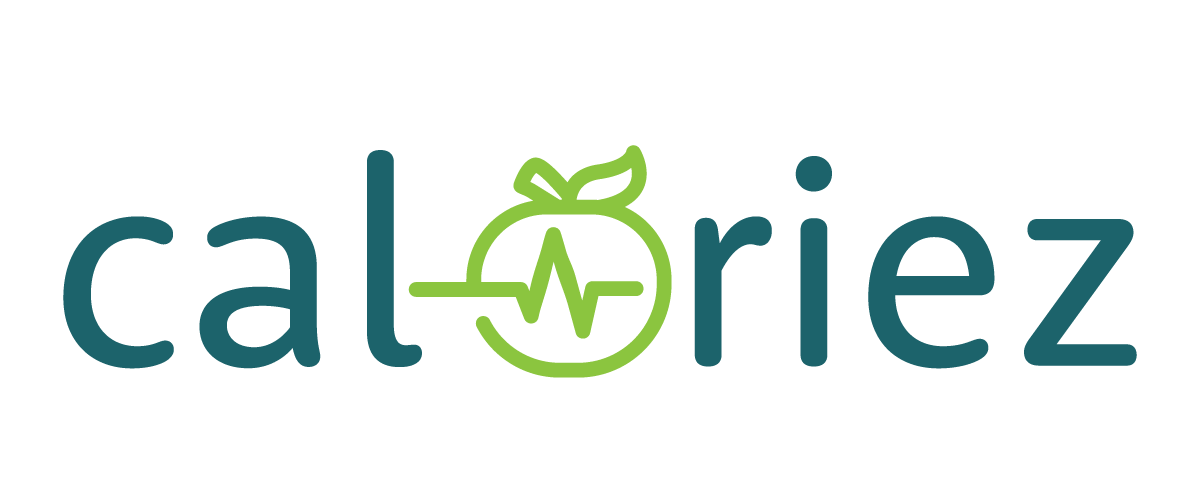3. Enhance Time Underneath Rigidity: Each time you do an train, like a squat, for instance, you’re placing your muscle tissues underneath pressure—that “time” you’re working is called time underneath pressure (TUT). So one other option to apply progressive overload is by growing the TUT for any given transfer. In the event you usually take three seconds to decrease down in a squat, slowing right down to 4 to 5 can add extra problem to your quads, glutes, and hamstrings.
4. Frequency: Frequency can seem like growing the variety of days you prepare, or it might imply bumping up the general variety of coaching classes. This will seem like including one other day per week that you just prepare (i.e., from three days to 4) or growing the variety of classes general (say, by including a second coaching session within the night at some point if you skilled within the morning).
When is it time to make use of these progressive overload strategies?
In accordance with Tamir, there are a couple of indicators you’re able to up the depth. First, you may contemplate your RPE or price of perceived exertion. “It’s a score between 1 and 10, with 1 being the simplest and 10 being the toughest,” says Tamir. When lifting weights, “in case you are not stepping into these greater numbers round 8, 9, or 10, then you may improve the load on the reps you’ve determined to go for.” Ideally, it’s best to really feel challenged sufficient on the finish of your rep vary the place you virtually can’t do any extra—no less than an 8 on the RPE scale. In the event you don’t really feel that you just’re fairly there, then that’s an indication it’s time to make use of one in all these progressive overload strategies.
One other technique Tamir cites is named reps in reserve (RIR)—principally, what number of you’ve left within the tank till you may’t eke yet another out. “If you’ll be able to full all of the reps for the given units and nonetheless really feel like you’ve greater than two reps on the finish that you are able to do, it’s best to go up in weight,” he says. Lastly, one other benchmark for energy coaching is assessing your rep ranges. In the event you inform your self you’re going to work inside a spread (i.e., six to eight reps) and you’ll repeatedly hit eight reps, that’s an indication it’s time to extend your weight, based on Tamir.
Progressive Overload Coaching Suggestions
In the event you’re able to strive progressive overload coaching in your health routine, maintain the following tips in thoughts from the professionals.
Progress doesn’t need to be linear.
Sure, one of many core tenets of progressive overload is to deliver you previous health plateaus, but it surely’s essential to notice that there’s nothing inherently incorrect with a plateau. In actual fact, Sotir says that typically it’s truly an essential stage in your health journey.
“We want a flat stage the place we are literally assimilating all of those new beneficial properties…. It’s achieve, soak up, have it normalize, develop, then stabilize, normalize, personal it, after which develop after which stabilize, normalize, personal it,” she says. “That interval of staying at a degree and turning into actually good at it’s good for the muscular tissue, it’s good for the bones, it’s good for the connective tissue, but it surely’s additionally one thing that we’ve labeled as unfavorable fairly often.” It may be considered being “caught,” however she says it may also be seen as growing mastery. Then, when you’ve dialed in there, you may work on busting previous it!
Correct type is vital.
Type ought to all the time be a precedence in your exercises, and it’s no completely different with progressive overload. “Don’t get caught up an excessive amount of in wanting to extend weights on a regular basis or improve shortly,” says Tamir. “This will result in overtraining and damage.”
Find time for restoration.
Restoration is among the most essential issues to prioritize in your routine, regardless of your objectives. “The issues outdoors the load room, together with sleep, diet, and different restoration strategies have a huge impact on enhancing energy,” says Tamir. So if progressive overload is a aim for you, it’s much more essential you’re taking relaxation days—you need no less than 48 hours or two days off earlier than working the identical muscle teams once more—and consuming sufficient protein, carbs, and different essential vitamins.
Belief your self and your physique—however don’t be afraid to push a little bit.
Generally it’s simple to get caught up in blindly following a coaching plan or evaluating your self to the individual subsequent to you on the fitness center. However Sotir advises trusting your personal physique and instincts, and solely pushing your self if you really feel prepared—undoubtedly don’t ignore your physique if it’s screaming at you to drop your weight or take a break.
“Trusting your notion of your personal experiences is admittedly essential. We are sometimes in contrast in opposition to people who find themselves larger, taller, stronger, have been doing this for longer. However the actuality is we all know how we really feel. We all know if we really feel weaker, we all know if we really feel stronger,” she says. “Belief what you assume, however don’t lose sight of the very fact that you’re not simply there to undergo the motions. In case you are making an attempt to progress, it is advisable to make selections that advance the ball a little bit tiny bit if you’re able to do it.”
Associated:
Get extra of SELF’s nice health protection delivered proper to your inbox—without cost.




